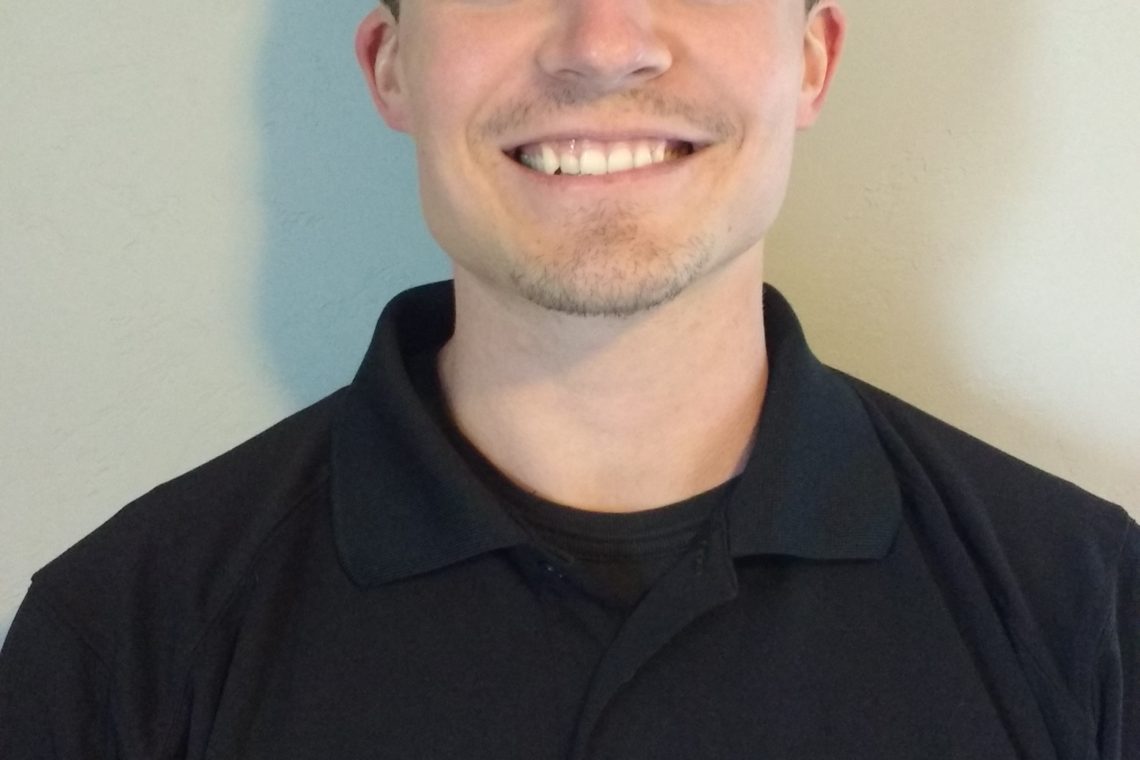Fit For You – No. 5
Aerobic Exercise
by Scott Rejholec
In the last article we discussed the anaerobic fuel system – a short, intense exercise that lasts from 6 seconds to 3 minutes.
If you recall, that system uses your stored carbohydrate source, glycogen, as its fuel to produce energy, adenosine triphosphate (ATP).
Today we will be going over when, and how your body uses oxygen to produce ATP.
First, we need to understand that by no means are you only using one fuel system at a time. The two are always working in combination with each other.
However, depending on your intensity and duration of exercise, one fuel system will be the main provider of the ATP.
So when is our body mainly utilizing the aerobic system to provide ATP?
The answer is at rest, and during prolonged, submaximal, steady-state work. As mentioned before, our bodies are never using only one fuel system.
To get into how our bodies make energy using oxygen, it actually starts with a byproduct of glycolysis (anaerobic method of creating ATP) called pyruvate.
Without getting into too much detail, the pyruvate is transported to the mitochondria of our cells, where it enters the Krebs cycle.
This cycle is a series of reactions that continues the oxidization of pyruvate. Next, hydrogen atoms enter the Electric Transport Chain (ETC) to produce a net of 34 ATP.
If you are more interested in the specifics, the National Strength and Conditioning Association (NSCA) has a lot of great information on the physiology.
It has been shown that if an individual sustains an appropriate heart rate while preforming aerobic activities, our bodies will utilize 70 percent of its fuel from stored fats, in the form of triglycerides, and 30 percent from stored carbohydrates, glycogen.
Being more efficient at burning stored fat is the most effective method of losing weight, in terms of exercise. The key is to stay at a specific intensity, and the question is then, what is my target heart rate?
An individual can find their ideal heart rate by finding their Target Heart Range (THR). THR is 50-85 percent of an individual’s heart rate max.
The first step in finding your THR is to take 220 minus your age. Then multiply that by .5 and .85 to find your range.
For instance, I am 26. 220 minus 26 equals 194. 194 is my maximum heart rate. Next, I multiply 194 by .5 to get 97, and then by .85 to get 165. Therefore, my THR is 97-165.
For those of you who have a heart condition, or high blood pressure, and are on a beta blocker, talk to your physician about your specific THR.
They will recommend that you start with the range of your resting heart rate plus 30 to 50 beats, depending on your individual condition or rhythm.
For those who are just starting to exercise, aim to maintain the lower end of your range. The American Heart Association (AHA) recommends that for just heart health, an individual should participate in 150 minutes a week of moderate aerobic exercise.
For weight loss, 300 minutes a week is recommended. For those of you who think that 150 minutes a week is an unrealistic number, let me break it down for you.
Exercising every day of the week may be out of the question for many people. So let’s say 5 days of the week you have to get 30 minutes of aerobic exercise in a day to achieve 150 minutes. You can break that 30 minutes up into 3 sessions a day, if need be. You can take a 10 minute walk in the morning, at lunch and after dinner.
To sum up the aerobic fuel system, the duration of the exercise is longer than 3 minutes at a steady state of intensity.
Different forms of exercise are walking, jogging, biking, etc. Just as long as you don’t stop. It takes much longer to provide ATP than the anaerobic system, however it does not produce a byproduct of lactate, so we are able to maintain workloads longer.
The big take away from this article is that this type of exercise (aerobic) is crucial for heart health.
Cardiovascular disease is the main cause of death in the United States. We as a community need to understand this, and start taking preventive action.
You can walk, jog, or bike with a friend, neighbor, or family member. In this busy world, where we usually put ourselves last, we owe it to ourselves to live a healthier, longer, happier life.
If you have any questions, comments, or want to see a specific topic be presented in these articles please feel free to follow “Fit For You Sheboygan Falls” on Facebook as I will be posting my articles, videos and other health related topics on there.
As always, make it a great day!
